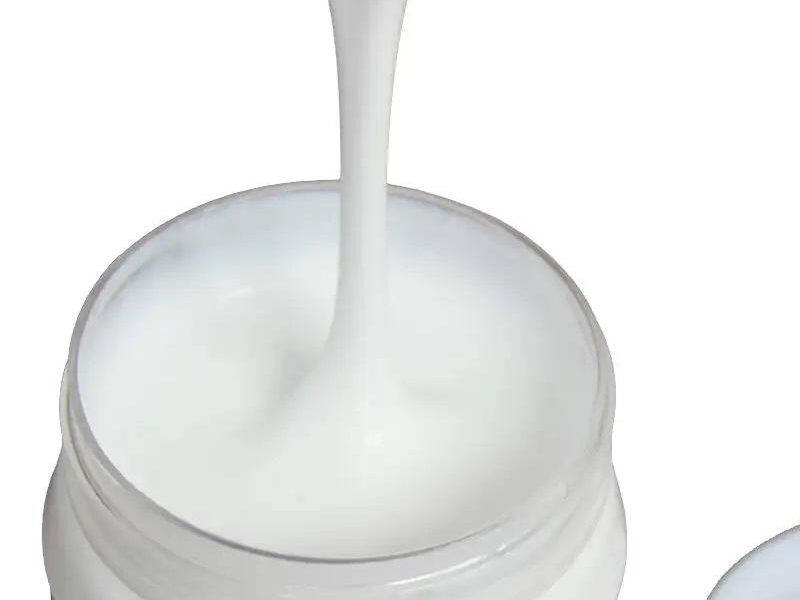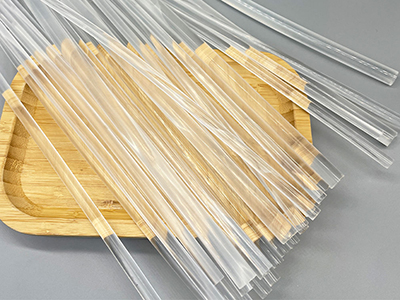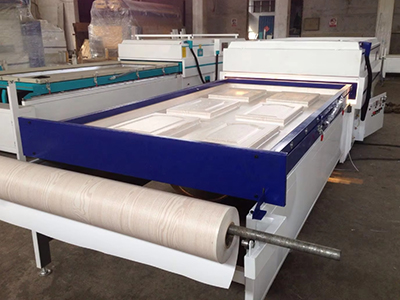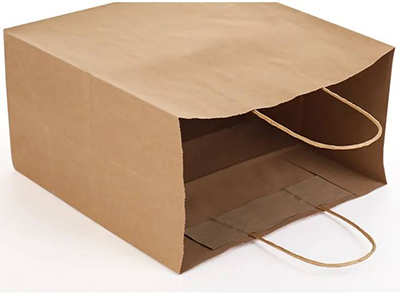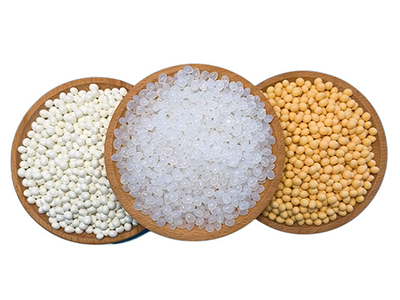In the world of crafting and DIY projects, adhesives play a crucial role in ensuring the success and durability of your work. Two popular adhesives that often come up in discussions are Mod Podge and PVA glue. While they might seem similar at first glance, they have distinct properties and uses. This article will delve into the differences between Mod Podge and PVA glue to help you choose the right adhesive for your projects.
Understanding Mod Podge
Mod Podge is a brand name for a product line of decoupage mediums, which serve as glue, sealer, and finish in one. It was introduced in the 1960s by the company Plaid Enterprises and has since become a staple in the crafting community. Here are some key characteristics of Mod Podge:
- Multi-functional: Mod Podge acts as a glue, sealer, and finish. It’s used for a variety of projects, including decoupage, collage, and mixed media.
- Finishes: It comes in different finishes, such as matte, gloss, satin, and glitter, allowing you to choose the desired effect for your project.
- Durability: Once dry, Mod Podge forms a strong, durable, and water-resistant finish, making it ideal for items that need to withstand wear and tear.
- Versatility: Suitable for use on various surfaces, including wood, paper, fabric, and more.
Understanding PVA Glue
PVA (Polyvinyl Acetate) glue is a type of adhesive commonly used in woodworking, bookbinding, and crafting. It is also known as white glue, school glue, or carpenter’s glue. Key characteristics of PVA glue include:
- Single-purpose: PVA glue primarily serves as an adhesive and does not have the sealer and finish properties of Mod Podge.
- Finish: When dried, PVA glue is clear and flexible. It is not available in different finishes like Mod Podge.
- Durability: PVA glue is strong and forms a flexible bond. However, it is not as water-resistant as Mod Podge and may weaken when exposed to moisture.
- Versatility: Commonly used on porous materials such as wood, paper, and fabric. It’s widely used in school projects, woodworking, and bookbinding.
Key Differences Between Mod Podge and PVA Glue
- Functionality:
- Mod Podge: Multi-functional as a glue, sealer, and finish.
- PVA Glue: Primarily an adhesive.
- Finishes:
- Mod Podge: Available in various finishes (matte, gloss, satin, glitter).
- PVA Glue: Dries clear and flexible, with no variations in finish.
- Durability:
- Mod Podge: Provides a durable, water-resistant finish.
- PVA Glue: Strong but less water-resistant and can weaken with moisture exposure.
- Usage:
- Mod Podge: Ideal for decoupage, collage, mixed media, and projects requiring a protective finish.
- PVA Glue: Suitable for woodworking, bookbinding, and general crafting where sealing and finishing are not required.
Choosing the Right Adhesive for Your Project
When deciding between Mod Podge and PVA glue, consider the specific needs of your project:
- For decoupage and projects needing a durable, water-resistant finish: Mod Podge is the better choice due to its sealing and finishing properties.
- For general crafting, woodworking, and school projects: PVA glue is sufficient, especially when sealing and finishing are not necessary.
Conclusion
While Mod Podge and PVA glue share some similarities as adhesives, their differences in functionality, finishes, durability, and usage make them suitable for different types of projects. Understanding these differences will help you select the right adhesive to achieve the best results in your crafting and DIY endeavors. Whether you need the multi-functional properties of Mod Podge or the reliable adhesive strength of PVA glue, both products are valuable tools in any crafter’s toolkit.


